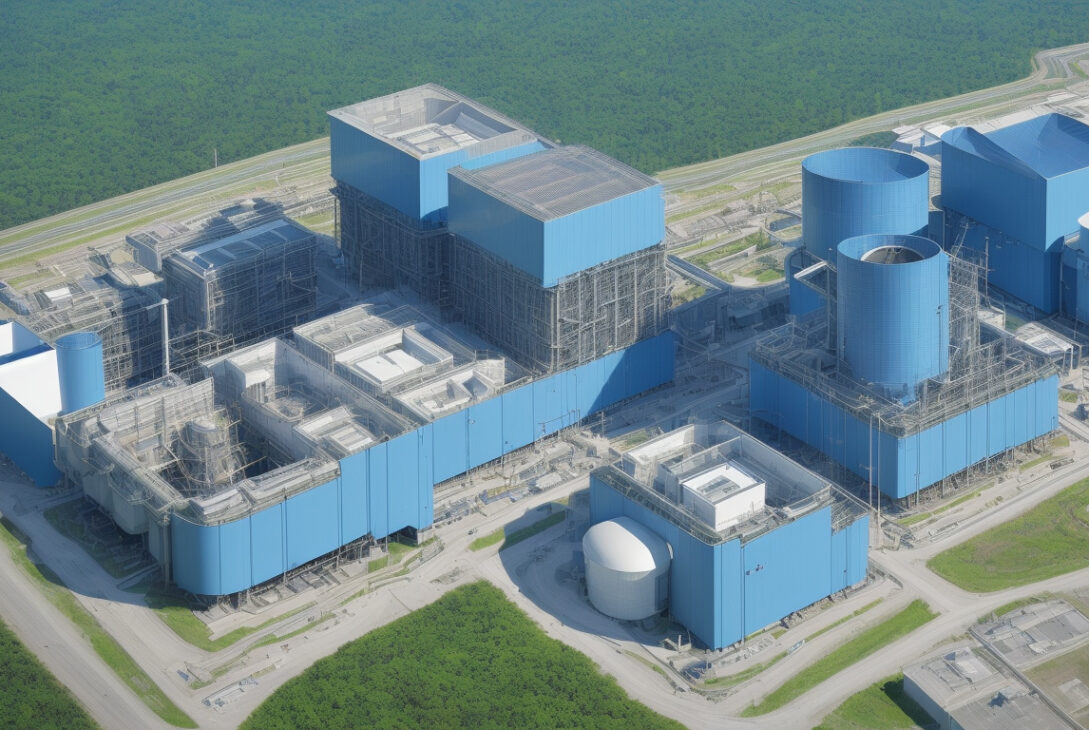University of Houston Announces Two Groundbreaking Advances in Carbon Capture Technology
August 22, 2025 — A team of researchers at the University of Houston (UH), under the leadership of Professor Mim Rahimi from the Cullen College of Engineering, has revealed two significant breakthroughs that could greatly reduce the cost and improve the efficiency of carbon dioxide (CO2) capture from power plants. These innovations promise to accelerate the deployment of affordable and practical solutions critical for mitigating climate change.
Membraneless Electrochemically-Mediated Amine Regeneration Process
The first breakthrough, detailed in a recent publication in Nature Communications, introduces a novel membraneless electrochemically-mediated amine regeneration (EMAR) process. This approach significantly cuts the energy required for amine-based carbon capture, a widely used method for removing CO2 from industrial emissions.
Traditionally, ion-exchange membranes play a central role in EMAR systems but come with high costs and issues such as failure periods. By replacing these membranes with engineered gas diffusion electrodes, the UH team achieved over 90% CO2 removal efficiency. This new design lowers costs to an estimated $70 per ton of CO2 captured, placing it on par with the best existing amine scrubbing techniques.
Ph.D. student Ahmad Hassan, the lead author of the study, explains, “By removing the membrane and the associated hardware, we’ve streamlined the EMAR workflow and dramatically cut energy use. This opens the door to retrofitting existing industrial exhaust systems with a compact, low-cost carbon capture module.”
Dual-Function Vanadium Redox Flow System for Carbon Capture and Energy Storage
The second advance, featured as the cover story in ES&T Engineering, is a vanadium redox flow battery system that simultaneously captures CO2 and stores renewable energy. Developed by Ph.D. student Mohsen Afshari, this technology absorbs carbon dioxide during battery charging and releases CO2 during discharge, effectively coupling carbon removal with grid energy management.
“Integrating carbon capture directly into a redox flow battery lets us tackle two challenges in one device,” Afshari said, highlighting the system’s potential to support grid balancing for intermittent renewable power sources like wind and solar.
Bridging Innovation and Practical Climate Solutions
Professor Rahimi emphasized the broader impact of these innovations: “From membraneless systems to scalable flow batteries, we are charting pathways to decarbonize hard-to-abate sectors and support the transition to a low-carbon economy.”
Both developments are poised to enhance the feasibility of capturing emissions from existing energy infrastructure and advancing carbon removal technologies that contribute to reversing climate change.
These dual breakthroughs reflect the University of Houston’s commitment to pioneering sustainable engineering solutions that address pressing global environmental challenges.
For more information and updates on carbon capture and climate technologies, subscribe to our weekly newsletter.
Contact:
University of Houston, Cullen College of Engineering
Press Office
Email: press@uh.edu
Phone: (713) 555-1234










